Here is a guide of things to do if you have two weeks on Honshu...
Tokyo:
The best and most logical place to start exploring Honshu is the capital city of Japan, Tokyo. There is plenty to keep you busy here for at least two or three days, although if you move on too quickly then you may be disappointed, so it is recommended that you try and schedule three days here. The reason for this is due to the abundance of attractions in different parts of the city, from the Tsukiji Fish Market, to the Sensoji Temple in leafy Asakusa, and the Meiji Shrine in the Harajuku district. In the evenings make sure not to miss nightlife hubs such as Roppongi and Shibuya and make sure to take some pictures on the world famous Shibuya Crossing.

https://www.flickr.com/photos/frestivo/4786015857/
Mount Fuji:
If you are staying in Tokyo then it makes sense to visit the amazing Mount Fuji as this is possible in a day trip from the city. You can climb to the crater and this is one of the highlights of a trip to Japan for many.

https://www.flickr.com/photos/23206109@N05/3556443411/
Takayama:
From Tokyo it is easy to take a Shinkansen to Nagoya and from there you can travel on to Takayama which is also known as the gateway to the Japanese Alps. One of the best reasons to come here is that it offers a slice of more authentic life in Japan and is crammed with buildings and sights of historical and cultural interest. Just some of these include the Hida Folk Art Museum and the Hida Folk Village. Aim to spend around two days in Takayama including the day you arrive.
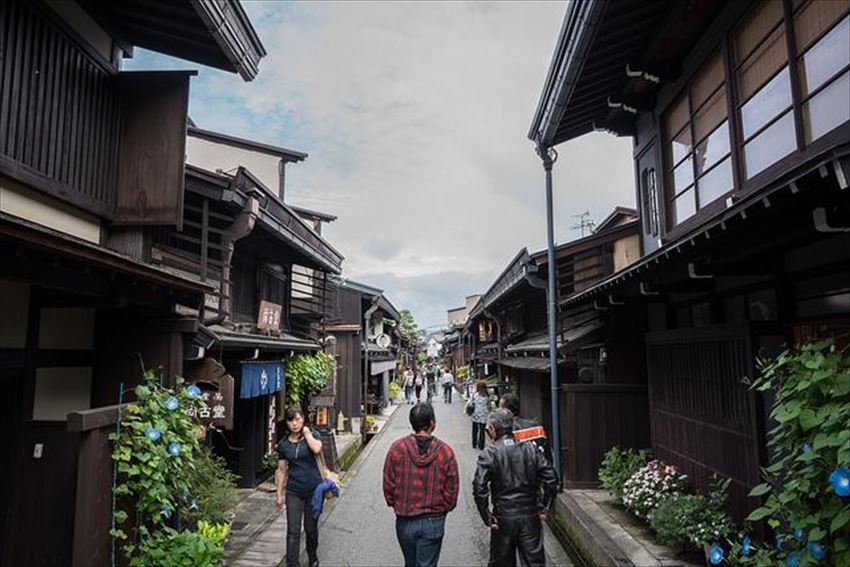
https://www.flickr.com/photos/gaijinbiker/21875567098/
Shirakawa-go:
From Takayama you can move on to neighboring Shirakawa-go which is around an hour away. Here you can visit one of the most famous tourist sites in Japan which is Ogimachi, a village that has been proclaimed a UNESCO World Heritage Site due to its natural beauty and its unique thatched houses that form part of a living museum in the area. You only really need a day and night here to see most of the village and stay in a traditional inn.

Kyoto:
From Shirakawa-go you can head on to the city of Kyoto which many people say is one of the nicest areas in all of Japan. Here you will find a slower pace of life and a strong emphasis on traditional culture and artwork.
One of the reasons that Kyoto is so delightful is that it wasn’t bombed in the Second World War and so many of the buildings and monuments here are the originals. You should aim to spend around two or three days in Kyoto in order to see at least the main sights which include the Temple of the Golden Pavilion or Kinkaku-ji which is one of the most important Zen Buddhist temples in Japan. Other highlights include Fushimi Inari-taisha or Fushimi Inari Shrine which sits at the base of the Inari Mountain and is one of the most famous sites in Japan (usually featured on the front cover of books on the subject) thanks to it 5,000 torii gates that climb up the mountain. For something a little more modern in the city you can also take a trip to Kyoto Tower and ascend to the 100 meter high observation deck for stunning views over the city.
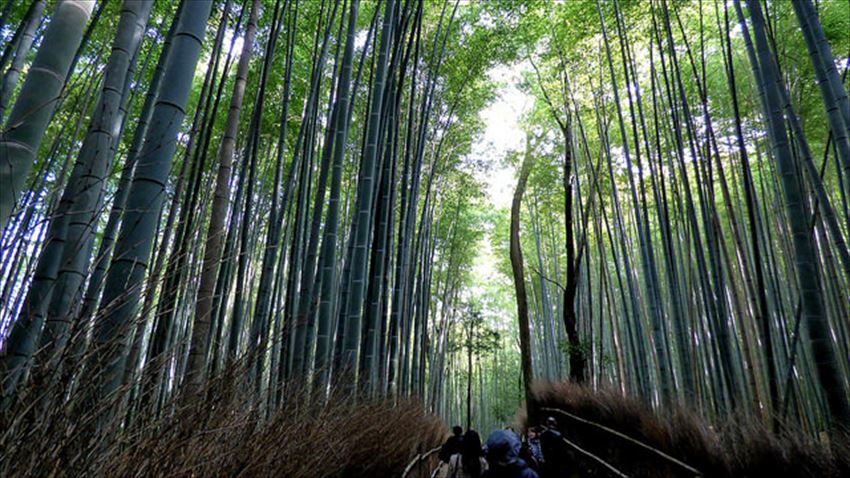
https://www.flickr.com/photos/conifer/23219398530/
Nara:
From Kyoto it is simple to make a day trip to Nara, but unfortunately many people fail to do so. Known for its well preserved cultural relics, you can come to Nara for sites such as the Todaiji Temple which is the largest wooden building in the world. The temple is surrounded by leafy Nara Park and if you are an animal lover then don’t miss this off the itinerary as you can find wild deer strolling around here under the trees. Once you have explored some of the natural beauty of Nara in the daytime you can head back to the city center to the Naramachi District which has a wide variety of bars and eateries, many of which are located in traditional inns or wooden houses.

https://www.flickr.com/photos/sumiisan/2317377627/
Hiroshima:
You can take a Shinkansen from Kyoto to Hiroshima which is well worth the effort. The city is synonymous with the atomic bomb that was dropped here during the Second World War and this is a moving journey to make for many to see how the city looks now.
Hiroshima has sights that will keep you busy for around two days and these include Peace Memorial Park which marks the exact place where the atomic bomb landed. There is also the Atomic Bomb Dome, which is also called the Hiroshima Peace Memorial and is famous for being the only building in the area that wasn’t razed to the ground when the bomb hit Hiroshima. Lastly, make the trip to the Peace Memorial Museum which is also located in Peace Memorial Park which will tell you the story of the impact the bomb had on the city and those who lost their lives.

https://www.flickr.com/photos/donotlick/4222229815/
From Hiroshima you can take a Shinkansen back to Tokyo if you are flying out of Japan the same that you came in. If not, then feel free to explore the rest of Japan by heading to other islands like Hokkaido, Shikoku, or Kyushu.
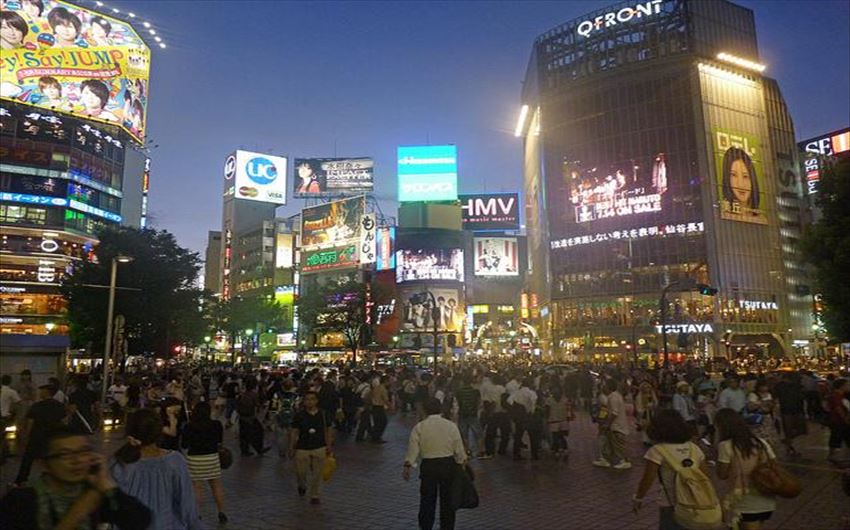
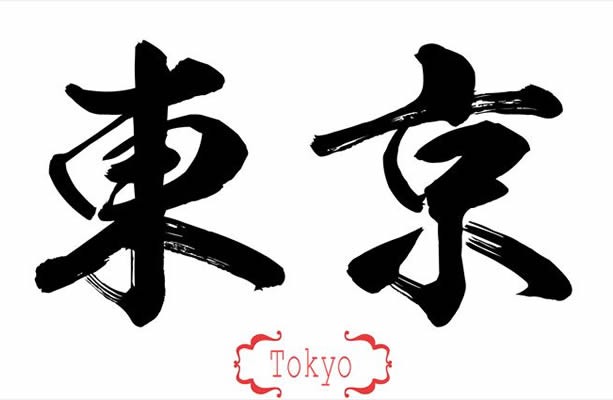
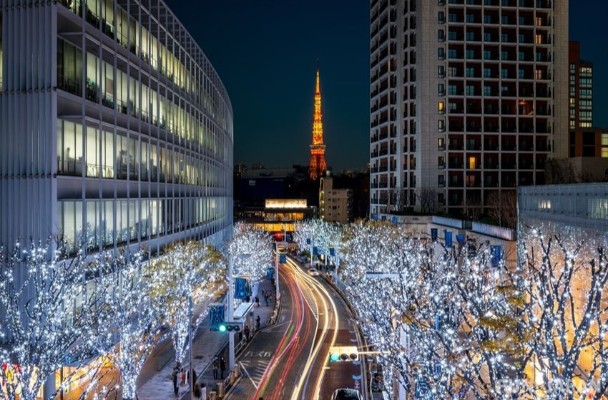
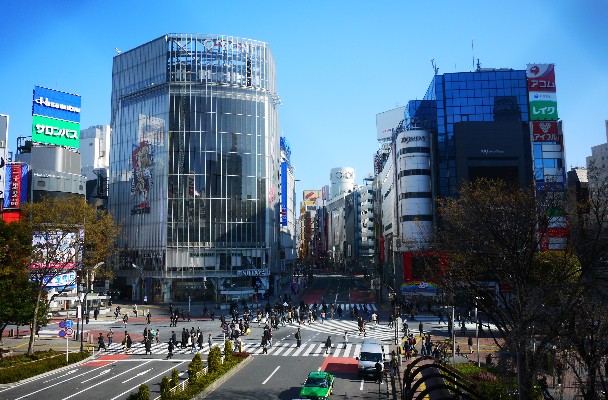
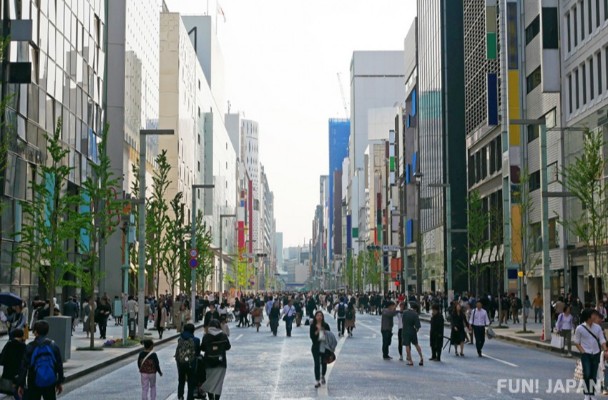


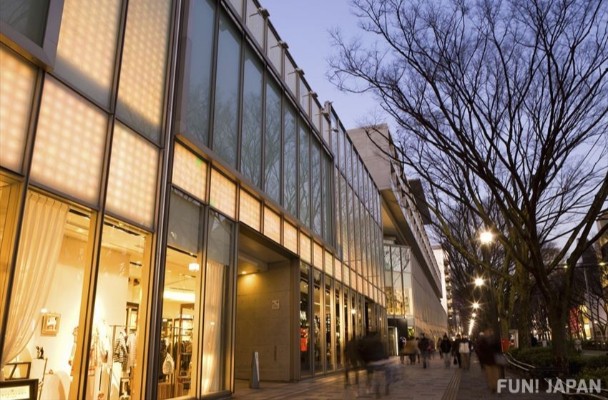
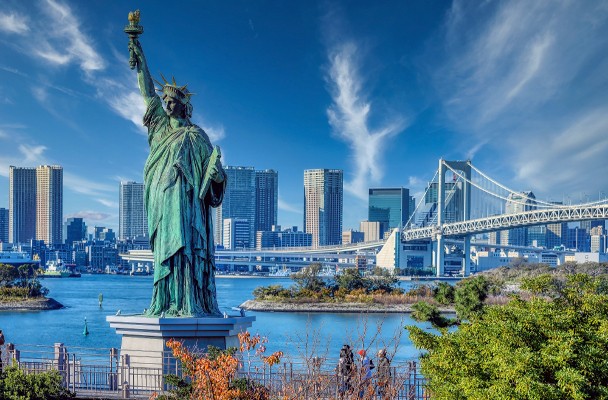
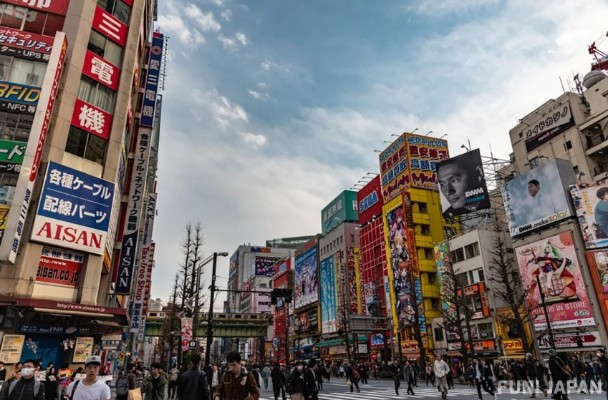

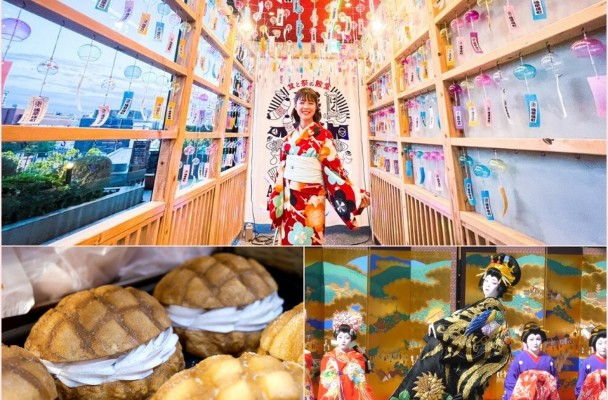
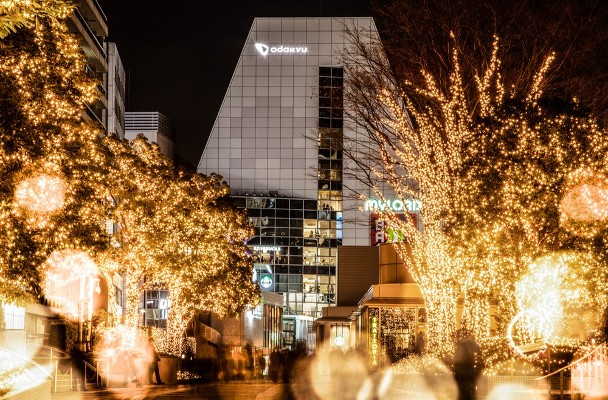
Comments